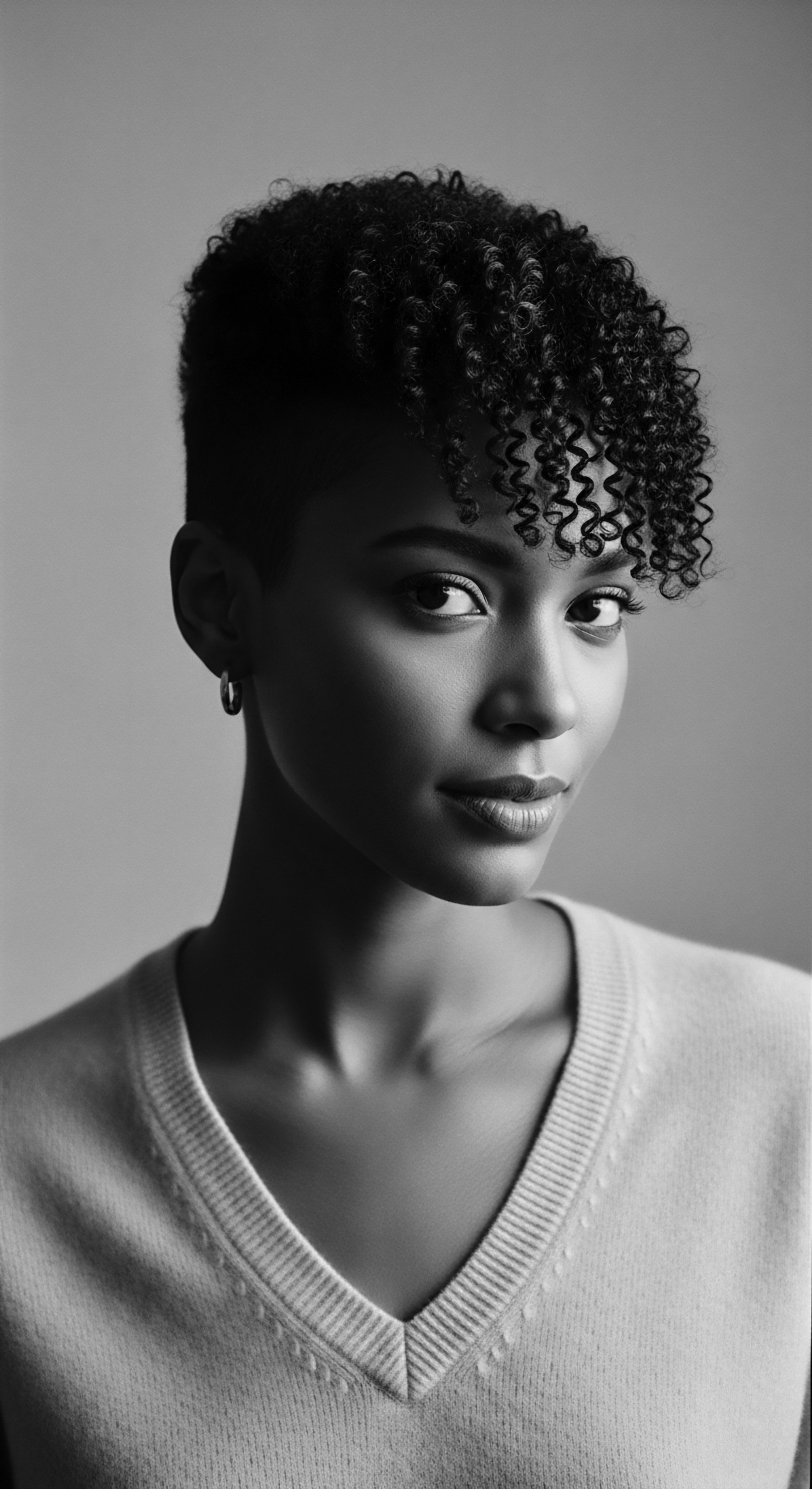
Roots
To truly comprehend the depth of traditional hair care methods and their connection to heritage knowledge, especially for textured hair, one must first listen to the whispers carried on the wind—stories of ancestral hands, potent earth-born elements, and the silent language spoken through each strand. This journey begins not in a laboratory, nor in a modern salon, but in the very fiber of being, recognizing hair as a living archive, a continuous link to those who walked before us. For communities rooted in African and mixed-race legacies, hair has always held a place beyond mere aesthetics.
It reflects identity, community, and an enduring spirit. This exploration seeks to honor that spirit, allowing the profound wisdom embedded in these practices to unfold, revealing how the very act of caring for hair becomes a conduit for inherited understanding.

Ancestral Hair Science
The anatomy of textured hair, with its unique helical structure and diverse curl patterns, has always been a subject of observation within traditional societies. Before microscopes revealed the intricate layers of the cuticle or the twists of the cortex, skilled practitioners understood how certain textures responded to moisture, how they coiled, and what natural elements brought forth their inherent vitality. This intuitive scientific grasp, passed down through generations, allowed for the formulation of sophisticated care routines, often relying on locally available botanicals and minerals. The understanding of hair was not separate from the understanding of the land and its gifts.
For instance, the properties of Low Porosity versus High Porosity Hair, terms now common in contemporary hair science, were long recognized in traditional care. Hair with tightly bound cuticles, which resisted water penetration, would receive lighter oils or warm treatments to encourage absorption. Hair with more open cuticles, prone to losing moisture quickly, would be sealed with heavier butters or kept in protective styles. This practical wisdom, while lacking modern scientific nomenclature, showcased a deep, observational understanding of hair’s interaction with its environment and products.

What is the Hair’s Biological Legacy?
From a biological standpoint, textured hair is a marvel of adaptation. Its unique coiled structure, ranging from loose waves to tight coils, serves protective functions against sun exposure and heat, particularly relevant in equatorial climates. This inherent design has shaped how communities interacted with their hair for millennia. The varying diameters of hair strands, the number of cuticle layers, and the very pattern of these layers determine how hair absorbs and retains moisture.
African hair, often characterized by its tighter curl patterns, possesses fewer cuticle layers than Asian hair, for instance, a characteristic that influences its porosity and moisture retention (Nadine, 2022). This biological reality informed the ancestral practices that prioritized hydration and protection.

Traditional Classifications of Hair
While modern systems, such as Andre Walker’s typing (1A-4C), aim to categorize hair based on curl pattern, traditional societies possessed their own intricate classifications. These often extended beyond mere curl type, encompassing aspects of social status, lineage, and spiritual significance. A particular braid, for example, could signify marital status, age, or tribal affiliation.
The very language used to describe hair reflected a communal relationship with it, where hair was not simply an appendage, but a canvas of identity, a living map of one’s place within the collective. This cultural lexicon provided a context for care, connecting each regimen to a larger meaning.
Traditional hair care methods are living archives, revealing ancestral understanding of textured hair’s intricate biology and cultural significance.
Here is a table reflecting how some traditional ingredients align with modern scientific understanding of their benefits for textured hair:
| Traditional Ingredient Shea Butter |
| Traditional Use Deep moisturizer, scalp conditioner |
| Modern Scientific Link Rich in vitamins A, E, fatty acids, providing hydration and promoting elasticity. |
| Traditional Ingredient African Black Soap |
| Traditional Use Cleansing without stripping oils |
| Modern Scientific Link Made from plantain skins, cocoa pods, palm oil; cleanses and purifies while being gentle. |
| Traditional Ingredient Chebe Powder |
| Traditional Use Length retention, breakage prevention |
| Modern Scientific Link Contains proteins and amino acids, aids in strengthening and moisturizing hair. |
| Traditional Ingredient Rooibos Tea |
| Traditional Use Scalp health, hair growth |
| Modern Scientific Link Antimicrobial and antioxidant properties that support healthy growth. |
| Traditional Ingredient These ancestral ingredients demonstrate a deep, empirical understanding of botanical properties for hair wellness. |
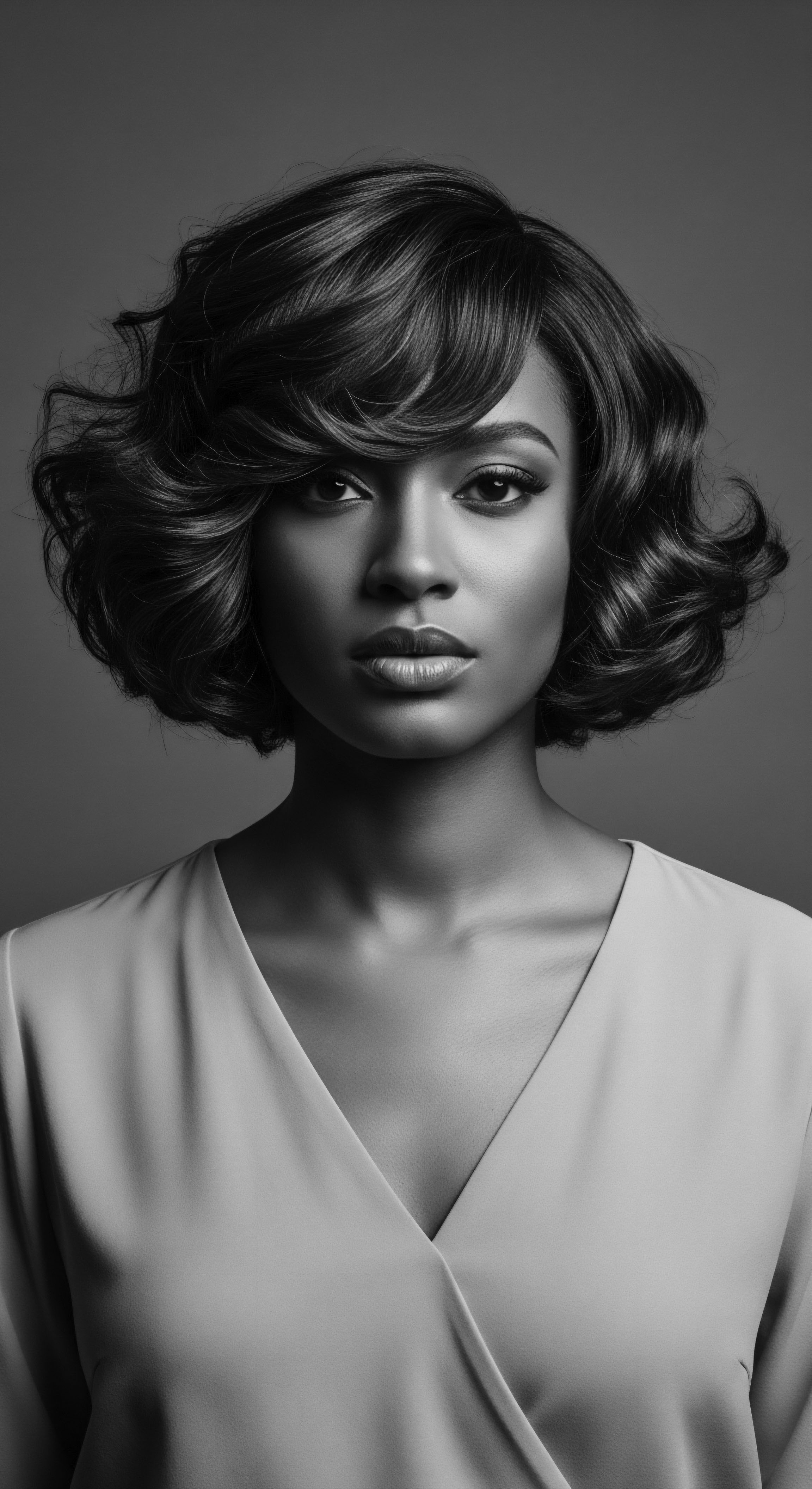
Ritual
The ritual of hair care, particularly for textured strands, serves as a powerful conduit for inherited knowledge. It is within these sustained practices—the careful sectioning, the rhythmic braiding, the precise application of plant-derived preparations—that the wisdom of generations truly resides. These acts, often performed communally, transcend simple grooming; they represent an ongoing dialogue with ancestral pasts, a tangible expression of cultural identity, and a profound form of self-preservation. From the earliest communal gatherings under the sun-drenched sky to hushed family moments, these rituals fostered bonds and transferred essential skills, ensuring the survival of distinct hair care heritage.
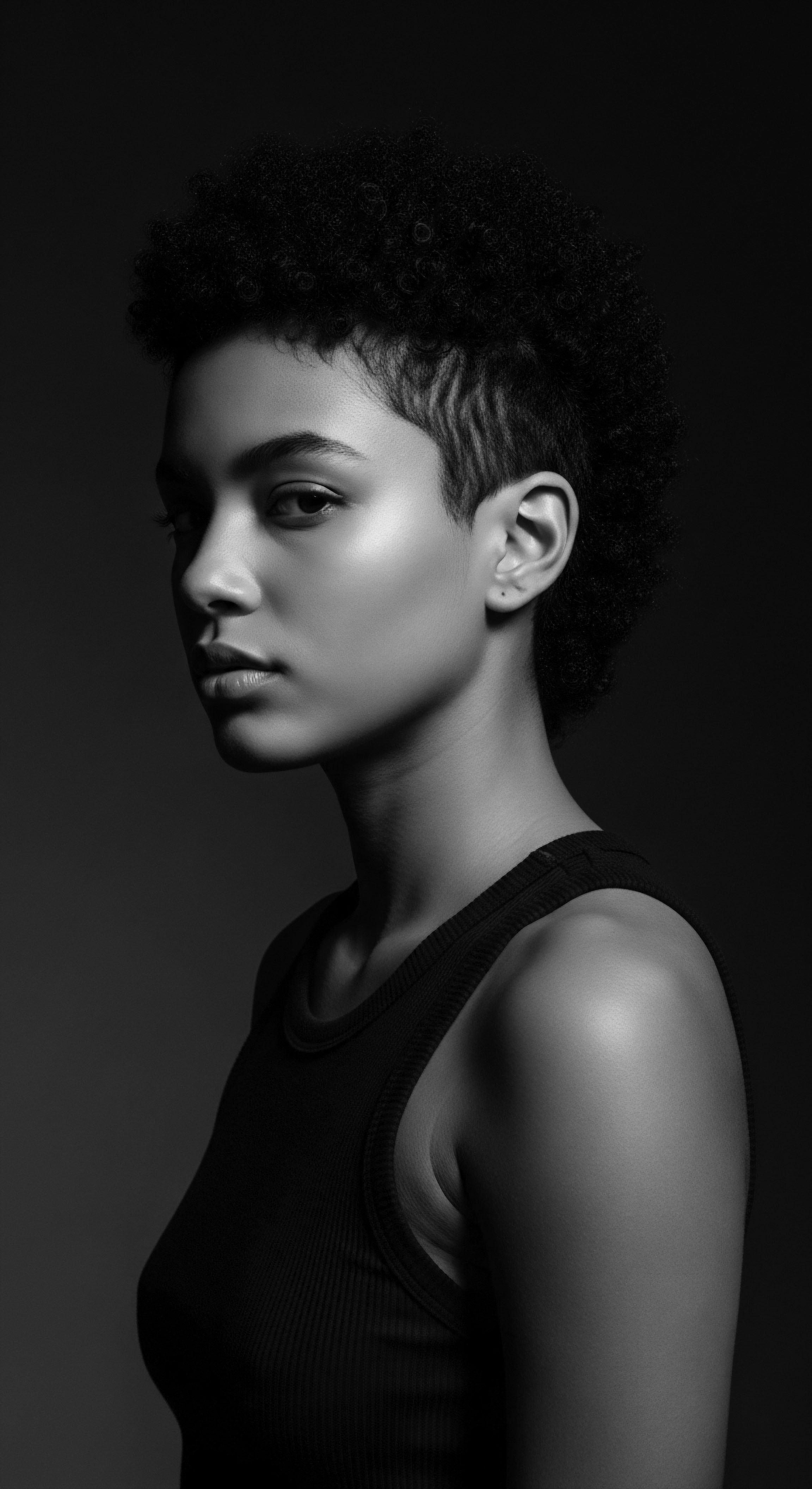
How Do Protective Styles Carry Ancestral Stories?
Protective styles, a cornerstone of textured hair care, are more than clever ways to minimize manipulation and safeguard strands. They are living artifacts, each pattern telling a story of resilience, artistry, and ingenuity. Cornrows, for example, date back as far as 3000 B.C. in the Horn and West coasts of Africa.
In ancient African societies, these intricate braided patterns were a sophisticated system of non-verbal communication, capable of conveying an individual’s tribe, marital status, age, wealth, and religious beliefs. This deeply embedded meaning transformed during the transatlantic slave trade.
In a compelling historical example, enslaved African women in parts of the Americas, particularly in Colombia, used cornrow patterns as clandestine maps to freedom. They would braid escape routes, marking trails, rivers, and even the locations of soldiers (represented by thicker braids called Tropas). This act of resistance, where hair became a canvas for survival, speaks volumes about the intrinsic link between traditional hair methods and heritage knowledge.
It underscores how ancestral practices, even under duress, adapted to become tools of liberation, preserving not just hair health but life itself. The knowledge of these coded hairstyles was passed down in whispers, safeguarding both personal and communal freedom.

The Tools and Techniques of Care
Traditional tools, from wide-toothed combs carved from wood or bone to various implements for sectioning and adornment, are extensions of this heritage. The Afro comb , for example, has a documented history stretching back 7,000 years, with archeological finds in ancient Kush and Kemet revealing its early presence. These combs were not merely functional; they were often adorned with symbols representing tribal identity, rank, and spiritual meaning. The rhythmic process of detangling, conditioning, and styling became a dance of hands, a transfer of technique and knowledge from elder to youth.
- Sectioning Techniques ❉ The systematic division of hair into manageable sections for cleansing, detangling, and styling is a practice as old as styling itself, preventing tangles and ensuring even product distribution.
- Hair Oiling Practices ❉ The consistent application of natural oils and butters, such as Shea Butter, Coconut Oil, and Argan Oil, has been a central pillar, providing moisture and protection to the hair and scalp.
- Braiding and Twisting ❉ Beyond aesthetics, these techniques serve as protective measures, reducing breakage and promoting length retention by minimizing environmental exposure.
The deliberate acts of cleansing, conditioning, and styling were seldom solitary. They were often communal affairs, moments for storytelling, shared laughter, and quiet instruction. This social dimension of hair care rituals fortified cultural bonds, weaving the practical aspects of hair health into the very fabric of community life.
Hair rituals, like the hidden maps in cornrows, transcend grooming to become powerful acts of cultural preservation and resistance.

Relay
The journey of heritage knowledge within textured hair care does not end in the past; it is a continuous relay, a dynamic exchange between ancestral wisdom and contemporary understanding. This relay carries forward the deep insights of traditional methods, allowing them to inform and elevate modern approaches to wellness and identity. It is a dialogue that seeks to bridge eras, validating ancient practices with new scientific perspectives while always centering the profound cultural significance of Black and mixed-race hair.
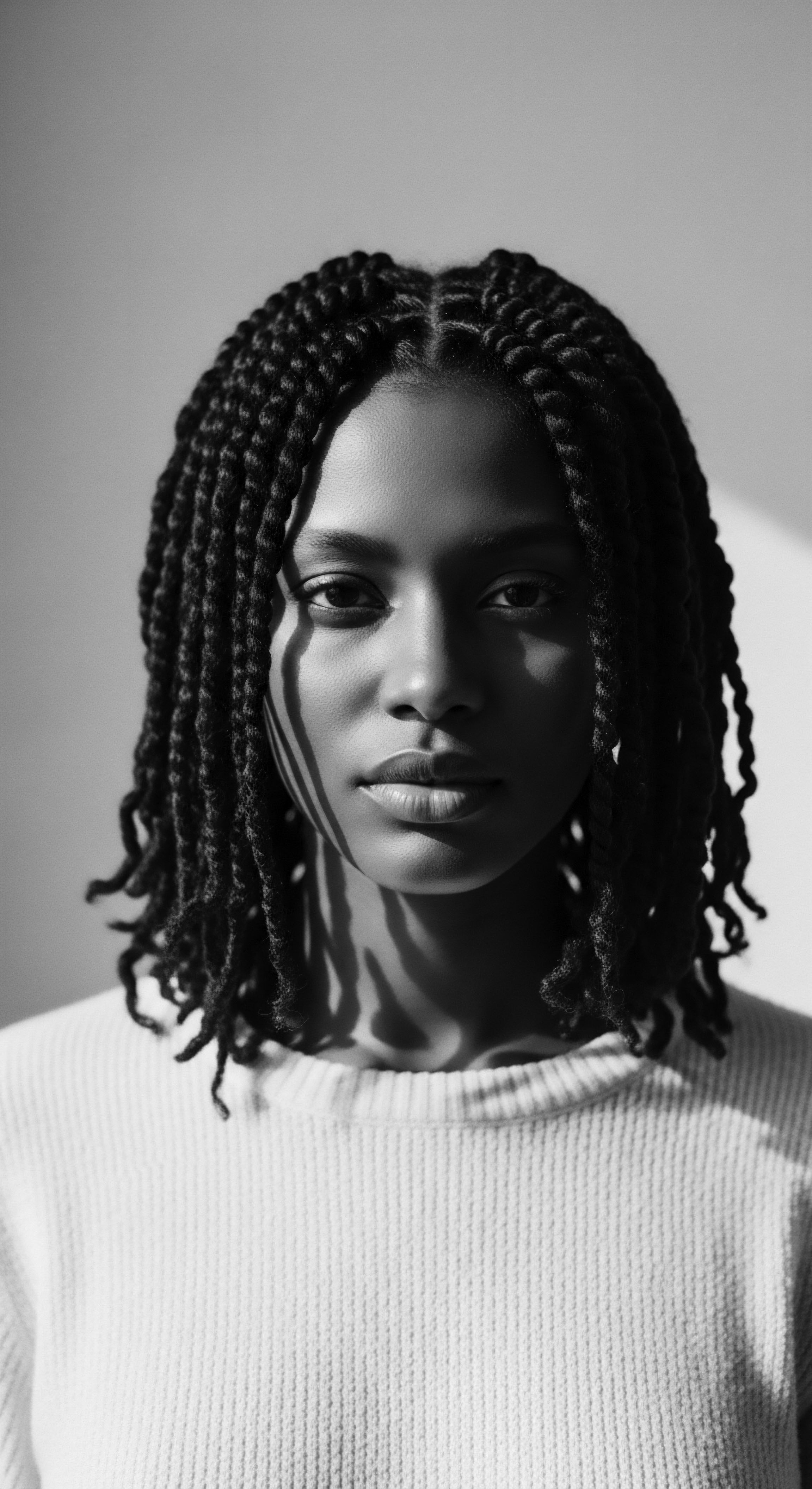
How Do Ancient Wellness Philosophies Influence Modern Hair Health?
Traditional hair care methods were often deeply intertwined with holistic wellness philosophies. The scalp, viewed as an extension of the body’s overall health, received treatments that nourished both hair and spirit. Ingredients such as African Black Soap, derived from plantain skins and cocoa pods, were used for their cleansing properties without stripping natural oils, a concept now valued in modern gentle cleansing. Similarly, the consistent use of nutrient-rich plant oils like Marula Oil and Baobab Oil speaks to an intuitive understanding of the hair’s need for lipids and vitamins, long before these were isolated in laboratories.
This ancestral approach recognized that true hair radiance stems from a well-nourished body, a calm spirit, and a connection to natural elements. Practices like scalp massages, performed with intention, not only stimulated blood flow to hair follicles but also served as moments of quiet contemplation or communal bonding. This deep connection to well-being remains a powerful current in modern holistic hair care, reminding us that healthy hair is a reflection of a balanced existence.
The concept of hair porosity, now widely discussed, finds its roots in these traditional understandings of how hair interacts with its environment. While modern science details the cuticle’s structure and its impact on moisture absorption, ancestral practitioners understood these behaviors empirically. They knew which oils would “seal” the hair and which would “penetrate,” creating regimens that maximized hydration and strength for various hair types.
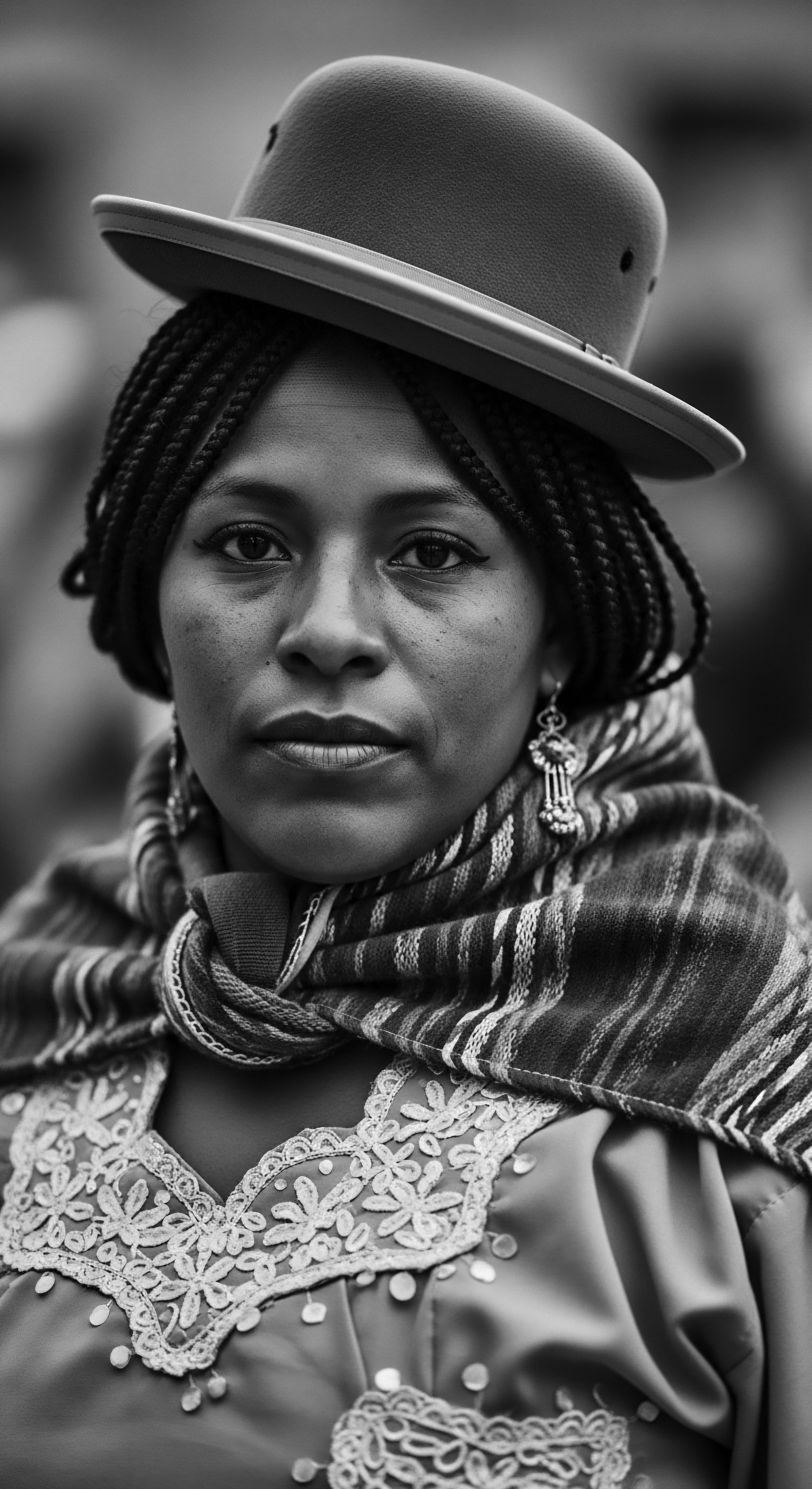
Problem Solving through Inherited Knowledge
From addressing dryness to promoting growth, traditional methods offered practical solutions born from centuries of observation and experimentation. The use of specific herbs, clays, and butters formed a living compendium of remedies. For example, Chebe Powder, traditionally used in Chad, is known for its ability to strengthen hair and prevent breakage, leading to length retention. This directly addresses a common challenge for textured hair ❉ maintaining length despite its delicate nature.
The emphasis on protective styles also served a problem-solving function, minimizing daily manipulation and exposure to harsh elements that could otherwise lead to damage. This ancestral practice offers a timeless blueprint for managing and safeguarding textured hair, reducing split ends and breakage. The consistent application of traditional principles—hydration, protection, and gentle handling—forms the basis for effective hair maintenance even today.
The relay of heritage knowledge informs modern hair science, validating ancient practices and empowering holistic care for textured hair.

The Nighttime Sanctuary and Its Historical Resonance
The practice of covering hair at night, now a widely accepted method for preserving styles and preventing moisture loss, carries a rich historical legacy. From elaborate headwraps to simple cloths, protecting hair during sleep has been a long-standing custom across African cultures. This custom recognized the practical need to shield hair from friction, tangles, and the elements, preserving meticulously crafted styles and natural moisture.
The modern satin bonnet or silk scarf stands as a direct descendant of these ancestral habits, a testament to the enduring wisdom of preserving hair’s integrity through rest. This continuity shows how domestic rituals, passed through generations, carry significant weight in the larger story of hair care.
The influence of traditional hair care on identity extends beyond personal routines. It shapes collective self-perception and cultural pride. As Dr.
Yaba Blay observes, Black hair has always carried significant meaning, acting as a part of African culture and reflecting one’s position in society. (Blay, 2017) This deep cultural connection means that understanding traditional methods is not merely about hair science; it involves understanding the historical struggles and triumphs tied to textured hair.
Here is a list of some traditional protective styling approaches and their lasting impact:
- Cornrows ❉ Ancient origins as communication and status markers; enduring presence as a foundation for other styles and a symbol of cultural identity.
- Braids and Twists ❉ Varied forms, from simple plaits to intricate twists, traditionally served to keep hair neat, protected, and to signify social standing.
- Hair Oiling and Sealing ❉ Pre-colonial practices involved regularly coating hair with natural butters and oils to maintain moisture, reduce friction, and enhance health.
- Headwraps and Scarves ❉ Used for centuries for adornment, religious expression, and practical hair protection from elements and during sleep.

Reflection
To sit with textured hair is to hold history in one’s hands. Each coil, each curve, each resilient strand holds echoes of ancestral whispers, of hands that once tilled soil, crafted tools, and nurtured community. The methods of care, passed down through generations, are not static relics but living, breathing manifestations of heritage knowledge.
They are the stories woven into cornrows, the healing properties absorbed from earth-given oils, the silent acts of resistance and perseverance in the face of erasure. This enduring legacy is Roothea’s ‘Soul of a Strand’—a profound meditation on the resilience of hair and the spirit it carries.
Understanding how traditional hair care practices relate to heritage knowledge means recognizing hair not as a separate entity, but as a deeply integrated part of identity, cultural expression, and collective memory. It means acknowledging the brilliance of those who, without modern laboratories, understood the complex biology of textured hair and devised ingenious ways to maintain its vitality. It means celebrating the quiet power held in a shared styling session, where stories and techniques are transmitted, ensuring the continuation of a vibrant tradition.
This appreciation for the deep past allows us to approach contemporary hair care with greater reverence, connecting our daily rituals to a rich and unbroken lineage. The journey continues, always listening, always learning, always honoring the profound history written in every unique strand.
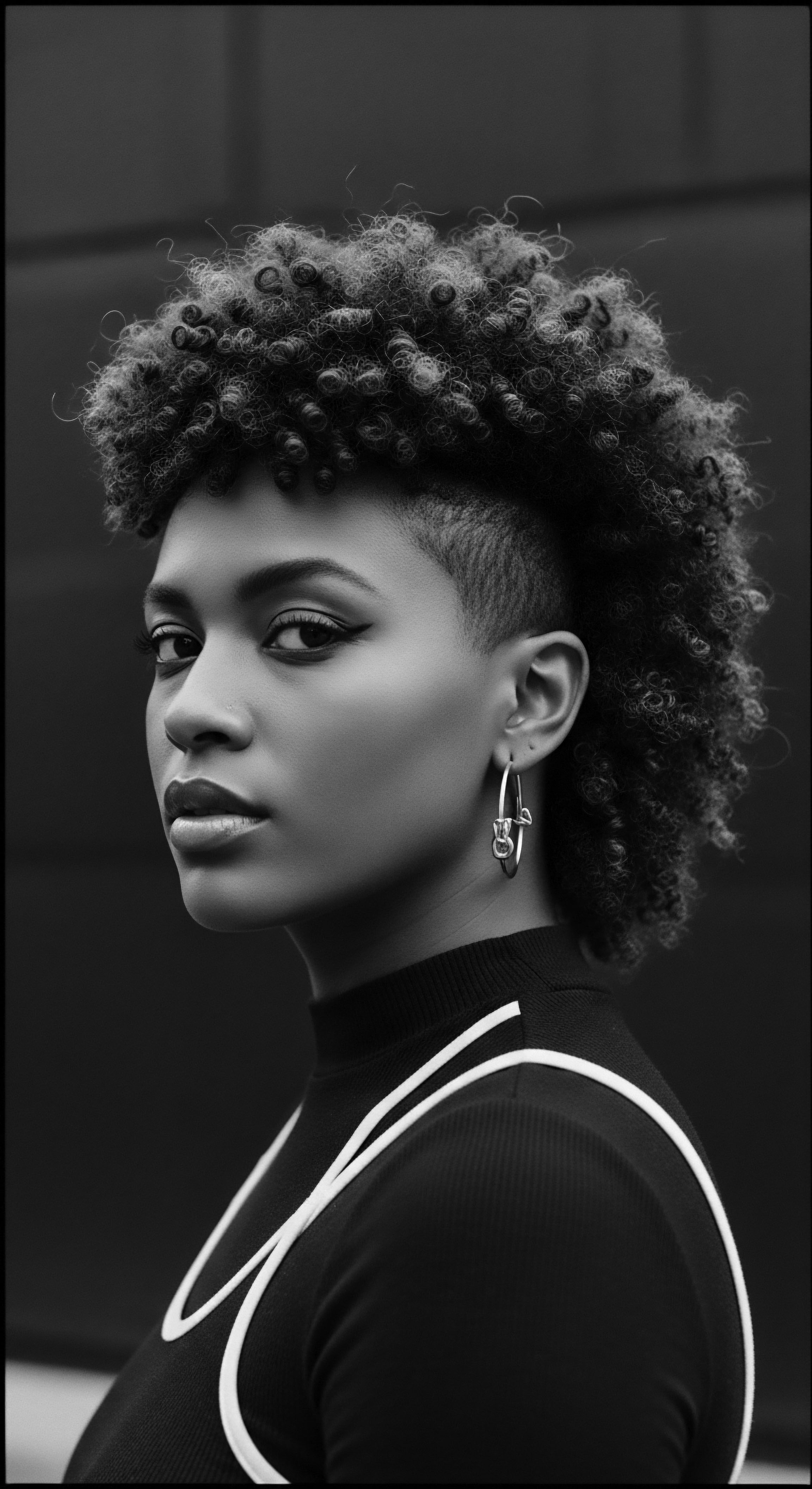
References
- Byrd, A. & Tharps, L. (2001). Hair Story ❉ Untangling the Roots of Black Hair in America. St. Martin’s Press.
- Nadine, N. (2022). The Science Behind Hair Porosity Explained Like You’ve Never Heard It Before! . YouTube.
